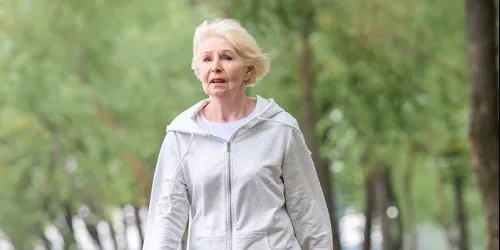
Discover the Benefits of Physical Exercise and the Best Types of Training for Women “Ageless”
If you desire longevity, studies are clear about the importance of physical activity. It’s not just about the quantity of exercise but the quality as well. Physical exercise offers numerous advantages, with the most crucial one being the maintenance of a strong immune system. Achieving this requires perseverance, consistency, and determination!
Physical Exercise and the Secret to Longevity: Perseverance and Consistency
Movement, besides helping the body fight against various pathogens, slows down the age-related changes in the immune system, reducing the risk of infections and illnesses both physically and emotionally. Controlled breathing exercises support the continuous oxygenation process, which is maintained over time through consistency and perseverance.
An active lifestyle may not halt the aging process, but it can increase life expectancy, and its quality is fundamental. Aging is irreversible, but what matters is the quality of our journey through time, step by step, day by day, year after year!
Benefits of an Active Lifestyle
- Improved posture and mobility.
- Maintaining a positive mood and a low risk of depression and anxiety.
- Reduced oxidative stress and burnout syndrome.
- Reduced risk of developing dementia as you age.
- Reduced risk of diabetes, heart disease, osteoporosis, cancer, etc.
- Better sleep and restoration of homeostasis.
Appropriate Training for Each Life Stage
One of the reasons women tend to gain weight after the age of 40 is the loss of muscle mass, which leads to a decrease in metabolic rate, i.e., the burning of daily ingested calories.
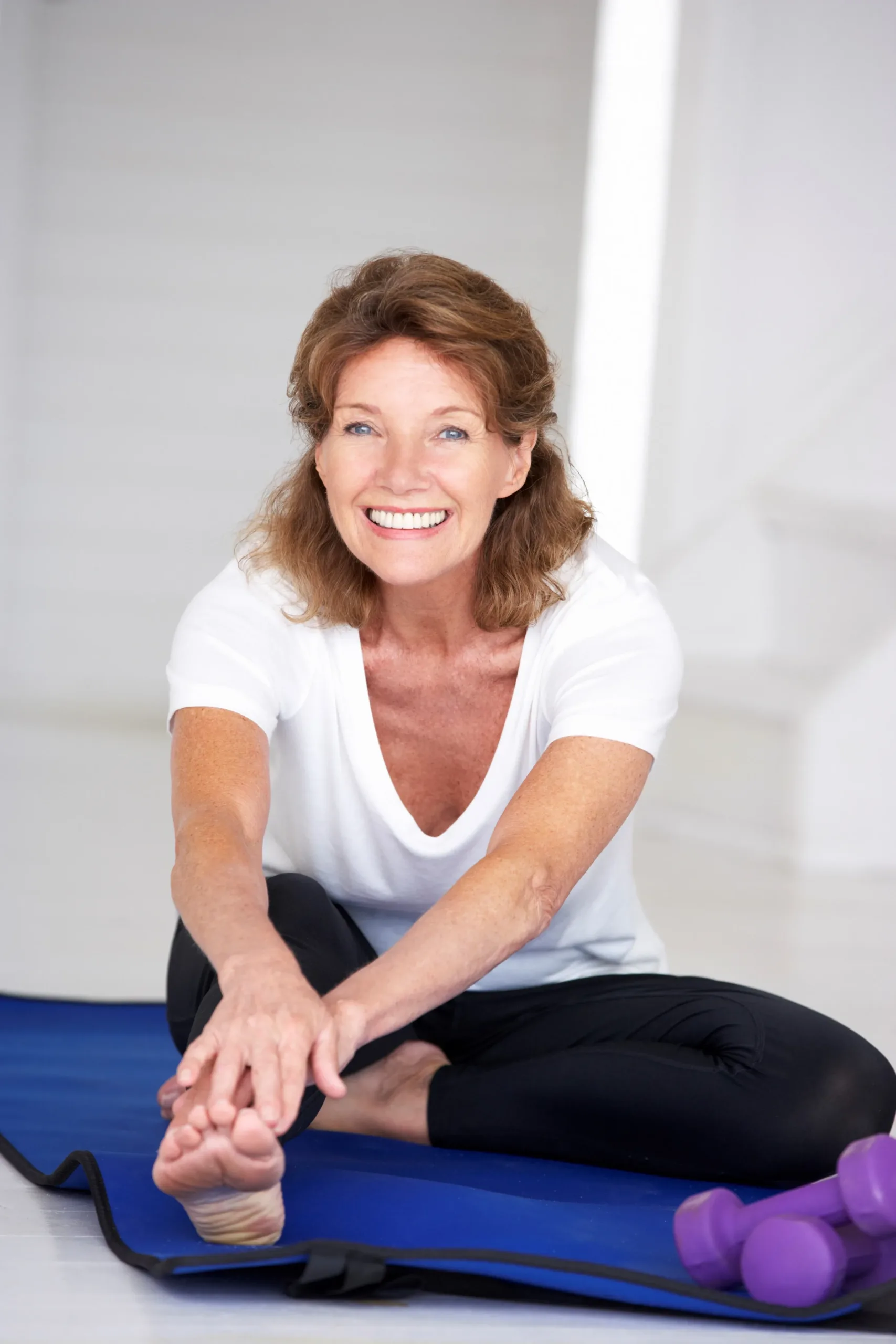
Toning exercises are a fantastic way to keep your muscles active and are easy to perform, using either your body weight or accessories to diversify both exercises and their benefits.
As we age, it’s not enough to stick only to favorite forms of exercise like running, tennis, yoga, or swimming. It’s recommended to include maintenance exercises guided by certified trainers. These exercises should consider the changes our bodies go through over time, such as bone and muscle density loss, aerobic capacity, as well as motor skills, balance, and coordination.
We can engage in exercises based on controlled breathing, active or assisted stretching, isometric exercises, functional training that includes fundamental exercises like squats, lunges, push-ups, or semi-push-ups, planks, supine bridges, etc.
It’s essential to adapt the training to the decade we are in and our age.
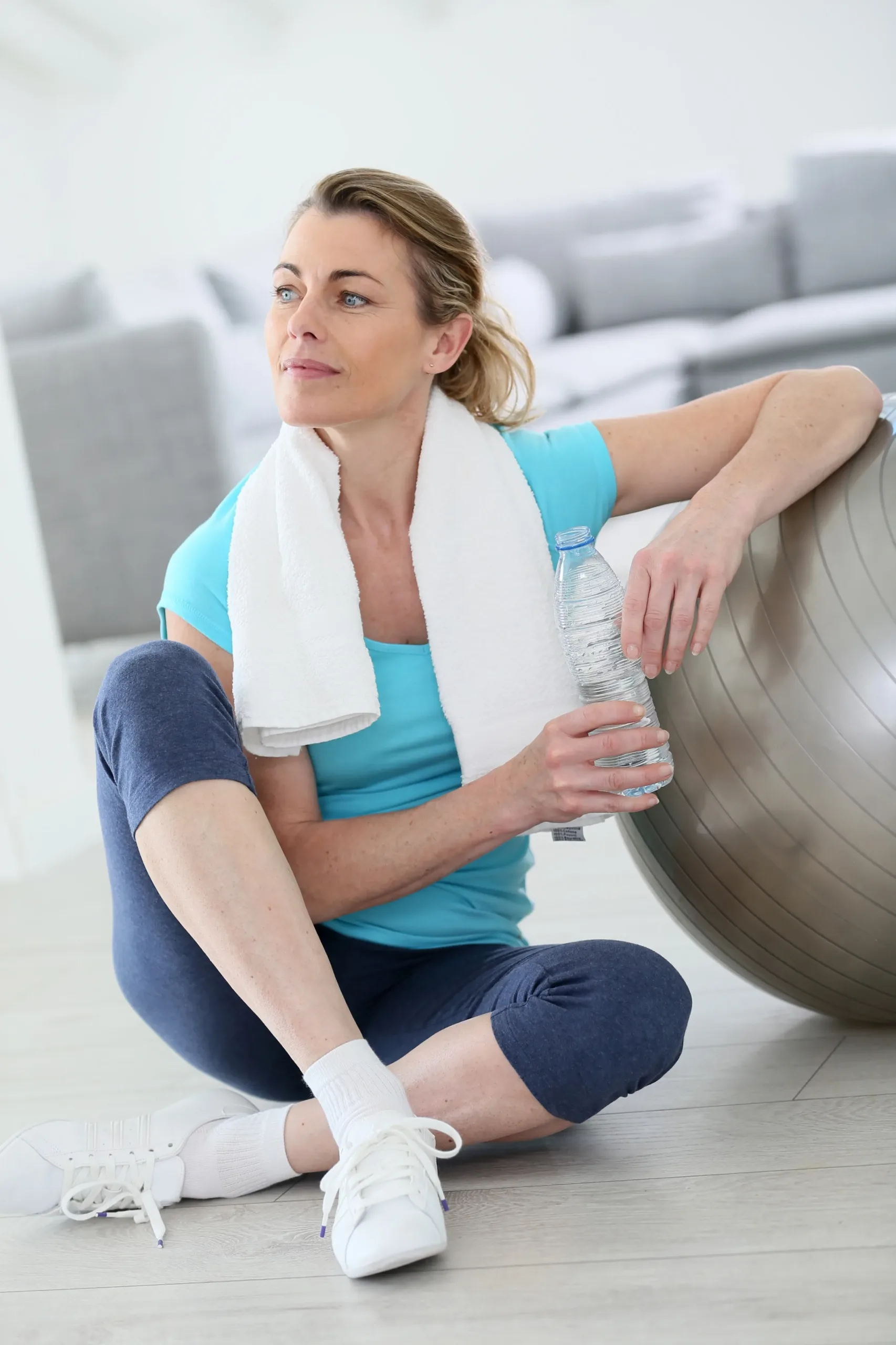
Decade 40+
Physical activity is essential at this age as muscle mass starts to decrease, basal metabolic rate decreases, and the secretion of specific hormones like estrogen and progesterone may undergo changes. The lack of these hormones can cause issues like bone density loss and fractures. Joints also play an important role in our quality of life, making proper warm-up with stretching essential before exercise.
It’s advisable to seek the guidance of a personal trainer, as their role is crucial in guiding you during exercises and explaining the details that matter and make a difference.
If you are training the whole body, three one-hour sessions per week are recommended. If you train upper and lower body separately, four 30-minute sessions per week are indicated, along with low-intensity cardio exercises 4-5 times per week.
It’s essential to alternate between types of training and change the routine of a workout by varying intensity or the number of repetitions to avoid adaptation plateaus and apply different stimuli to the body with each correctly executed workout. It’s also important not to overdo the daily training time, as workouts exceeding 90 minutes are perceived by the brain as stress. This will lead to the release of stress hormones, affecting the weight loss or maintaining shape process.
Decade 50+
Age-related changes take their toll! Learn to treat your body with the respect it deserves at this age. Movement is beneficial, so a weekly exercise program will not only help maintain a toned body but also the health of your heart, lungs, and bones.
Among the benefits of sports activities after the age of 50 are:
- Improved sleep quality, which is vital for overall health. Exercises often help you sleep more deeply.
- Increased well-being and self-confidence due to the release of endorphins during exercise, making you feel more energetic and stronger while reducing feelings of sadness and depression.
- Positive effects on brain function, helping prevent memory loss, cognitive decline, and brain disorders such as Alzheimer’s, dementia, or Parkinson’s disease.
On average, for individuals with no health issues, 150 minutes of exercise per week is recommended, alternating moderate-intensity cardio exercises with toning exercises. Avoid high-impact exercises in your routines, such as jumping, as they can be harmful to the joints.
Decade 60+
According to specialists cited by Daily Mail, it’s never too late to start exercising. Many people who have a workout routine and are active make the mistake of giving it up as they age. In fact, the optimal solution is to adapt exercises to your current capacity and flexibility.
At this age, lung capacity and artery elasticity decrease rapidly. Therefore, it’s essential to focus on cardiovascular exercises, i.e., aerobic exercises with low impact on joints but strengthening the heart and lungs. Walking, swimming, badminton, dancing, or posture and breathing exercises are some suitable examples.
Decade 70+
Osteopenia and osteoporosis, conditions that lead to decreased bone density, are the main causes of fractures at this age. Muscle and tendon elasticity decrease dramatically, increasing the risk of chronic fatigue, depression, weight loss, and stroke.
At this stage, two 20-minute sessions of Nirvana Fitness Pilates or Tai Chi, and two 10-15 minute cardio workouts per week are recommended. Examples of suitable exercises include swimming, outdoor walks, Laughter Yoga, and controlled breathing exercises.
Decade 80+
It may seem almost impossible to exercise at this age, but it’s not. Exercise is crucial for maintaining mobility and independence. The most suitable exercises for this age group are walking, gardening, dancing, climbing stairs, Laughter Yoga, and controlled breathing exercises.
Avoid movements that force you to stretch your arms above your head as they can be dangerous for the heart.
Maintaining cardiovascular functionality at any age can be achieved through daily exercises such as breathing, Laughter Yoga, hyperbaric oxygenation, or active halotherapy with Himalayan salt in a salt room.
Physical exercise can be done comfortably at
home by accessing personalized online classes, outdoors optionally with a trainer, or independently or in a specialized studio.
Let’s not forget the importance of balanced nutrition with the necessary nutrients for optimal body function, adequate hydration, active rest, and restful sleep, socialization, and vibrational relationships, positive thinking, and well-being in all three aspects: physical, mental, and emotional!
As with any other aspect of life, when it comes to sports and nutrition, the source of information matters. Seek advice from knowledgeable individuals with solid expertise in their respective fields.
Consistent training means an active lifestyle, which means health! Prevention saves lives, and health, the most precious gift received at birth, deserves to be cherished for as long as possible!
Go back to sports and always stay in motion (the fuel of life)!

Nicoleta Mocanu
"Drumul meu iÌ‚n lumea sportului a iÌ‚nceput înca din timpul copilăriei, fiind atrasă, si totodata activă, de si în activitățile sportive organizate în cadrul scolii, făcaÌ‚nd parte din echipa de handbal și din cea de atletism. IÌ‚n anul 2009 iÌ‚ncepe povestea Fitness Nico, acela fiind momentul caÌ‚nd am deschis primul studio personalizat din Ploiești, exclusiv pentru femei și copii. La momentul respectiv, eu însami fiind mama unei fetițe de 2 ani, am iÌ‚nțeles importanța unui stil de viață sănătos și activ, ataÌ‚t pentru mamă, caÌ‚t și pentru copil, acestea doua completaÌ‚ndu-se ca un Yin și Yang armonios. După nașterea celui de-al doilea copil am fost nevoită să mă reinventez. Drumul meu sportiv a suferit o modificare si din manager de sală de fitness și organizator de evenimente sportive, am devenit instructor sportiv, format de Federația RomaÌ‚nă Sportul pentru toți. Sunt instructor iÌ‚n diferite arii de dezvoltare și perfecționare sportivă și președinte al asociației IÌ‚ntoarce-te la sport, asociație care are ca misiune promovarea sportului și implicarea comunităților și instituțiilor locale iÌ‚n desfășurarea activităților sportive iÌ‚n beneficiul cetățenilor. Viața de mămica m-a determinat să ma apropii mai mult de copii, astfel ca, iÌ‚n momentul de față, desfășor programe sportive iÌ‚n grădinițe, școli, etc. IÌ‚n zilele noastre sportul este practicat ca disciplina care duce la epuizare, prin exerciții repetitve, chinuitoare și stresante, acestea avaÌ‚nd un impact final negativ asupra sănătății noastre fizice. Dorind să facem o schimbare, am creat viziunea asociației: sportul – o mișcare care facilitează izvorul de energie al fiecăruia. Susținerea și dezvoltarea durabilă prin sport iÌ‚ncepe cu o respirație corectă, diafragmatică, continuaÌ‚nd cu o desfășurare corectă a unor exerciții posturale cheie, iar iÌ‚n final cu exerciții de raÌ‚s, care induc automat starea de relaxare, optimism și iÌ‚ncredere. Ce oferă Fitness Nico? Clase de fitness, aerobic și dezvoltare sportivă desfasurate iÌ‚ntr-un mod unic: Freestyler Super Toning, Wayflex System Training, Fetno Aerobic, Pilates, Nirvana Fitness, Laughter Yoga. De asemenea, poți iÌ‚ncerca și clase de: Zumba dance, Karate, Aikido, TaiChi, Dansuri moderne & Street dance, alături de partenerii clubului sportiv. Vrei să afli mai multe despre una dintre activitățile sportive de mai sus? Te așteptăm oricaÌ‚nd în clubul nostru! Satisfacția de la finalul zilei o culeg iÌ‚ntotdeauna din clasele sportive de la sală, training-urile personale, de la oamenii cu care interacționez zilnic, iar copiii îmi ofera energia necesara care, alaturi de satisfacție, sunt catalizatorii care mă ajută în continuitatea pe drumul sportului. Pe laÌ‚ngă beneficiile intrinsece ale sportului, consider că activitățile desfășurate reprezintă mijlocul ideal de a intra iÌ‚n contact cu alți semeni și de a stabili noi relații interpersonale, în prezent din ce în ce mai puține din cauza evoluției tehnologiei. Perseverez, mă adaptez, iÌ‚nvăț, dezvolt, iubesc, zaÌ‚mbesc și iÌ‚ntotdeauna inspir practicarea sportului celor din jur! "
Recent Posts
Related Articles
CrossFit exercises practiced outdoors or at home
Concentration and discipline are indispensable for succeeding in any training program, regardless...
July 27, 2023Home-Based Pregnancy Workout in Comfort
The Benefits of Prenatal Home Workout The way we interact with people...
July 10, 2023Supplementation with Vitamins and Minerals
Essential nutrients for the body The macronutrients and micronutrients are essential for...
July 10, 2023Associating Seasons with the Cyclical Rhythm of Women
Indecision Among Women: A Closer Analysis of Its Cyclical Nature Many voices...
July 10, 2023

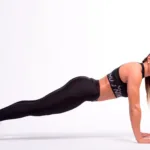
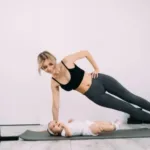


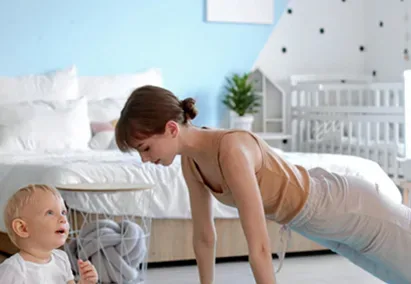



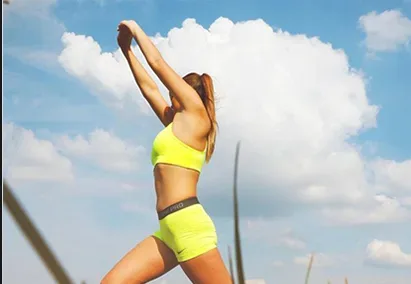








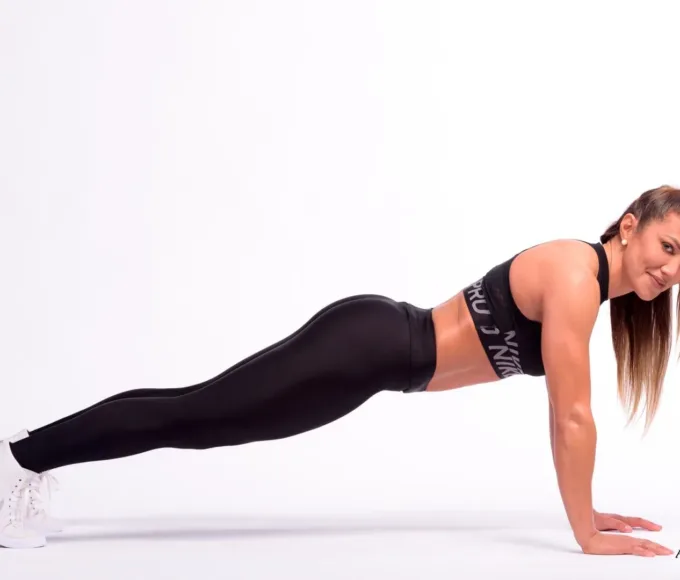

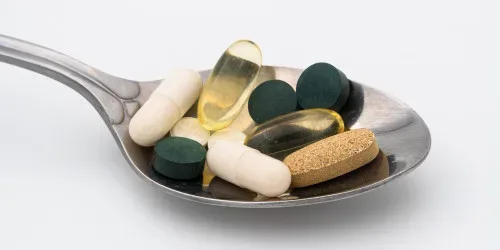

Leave a comment